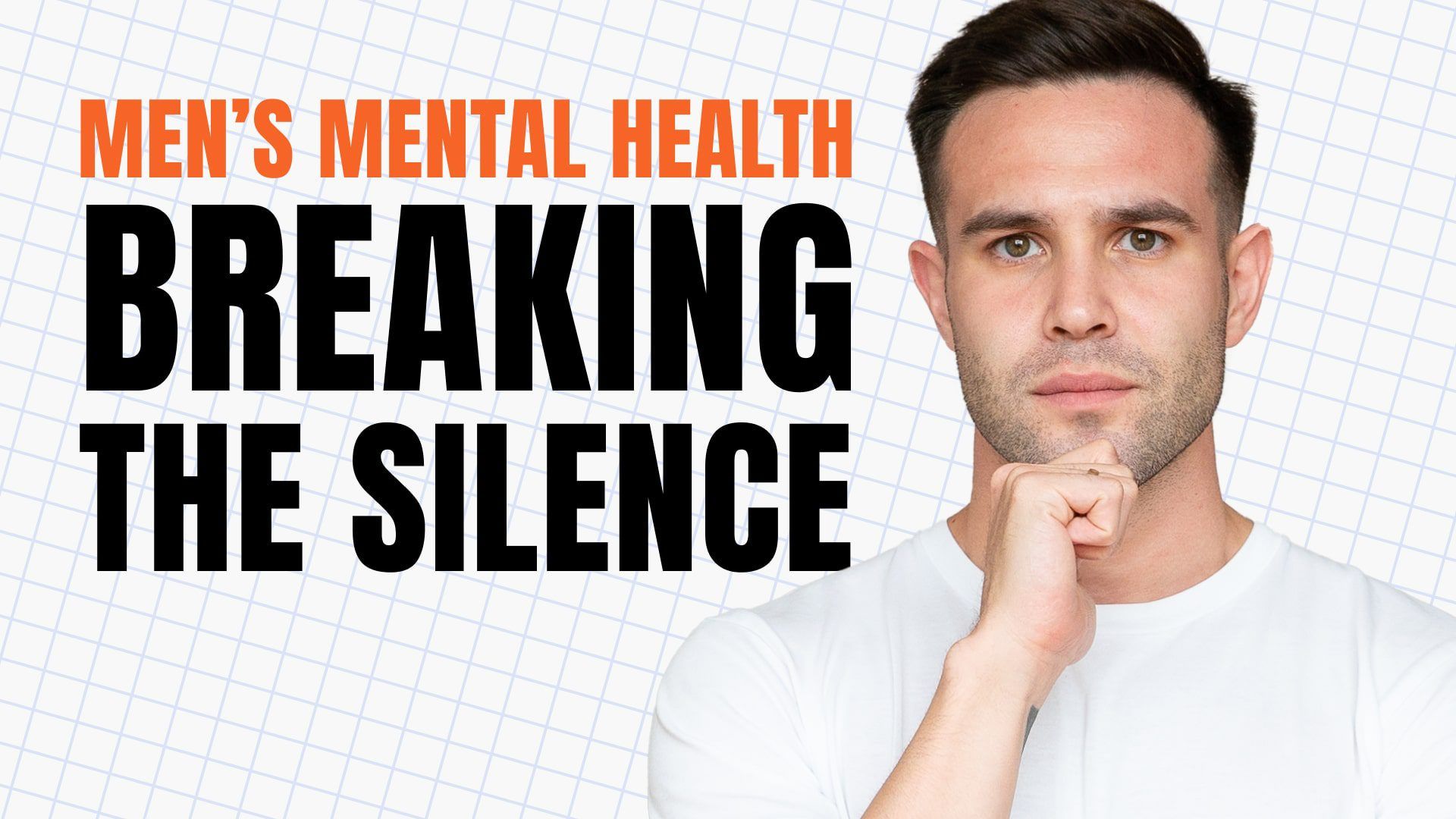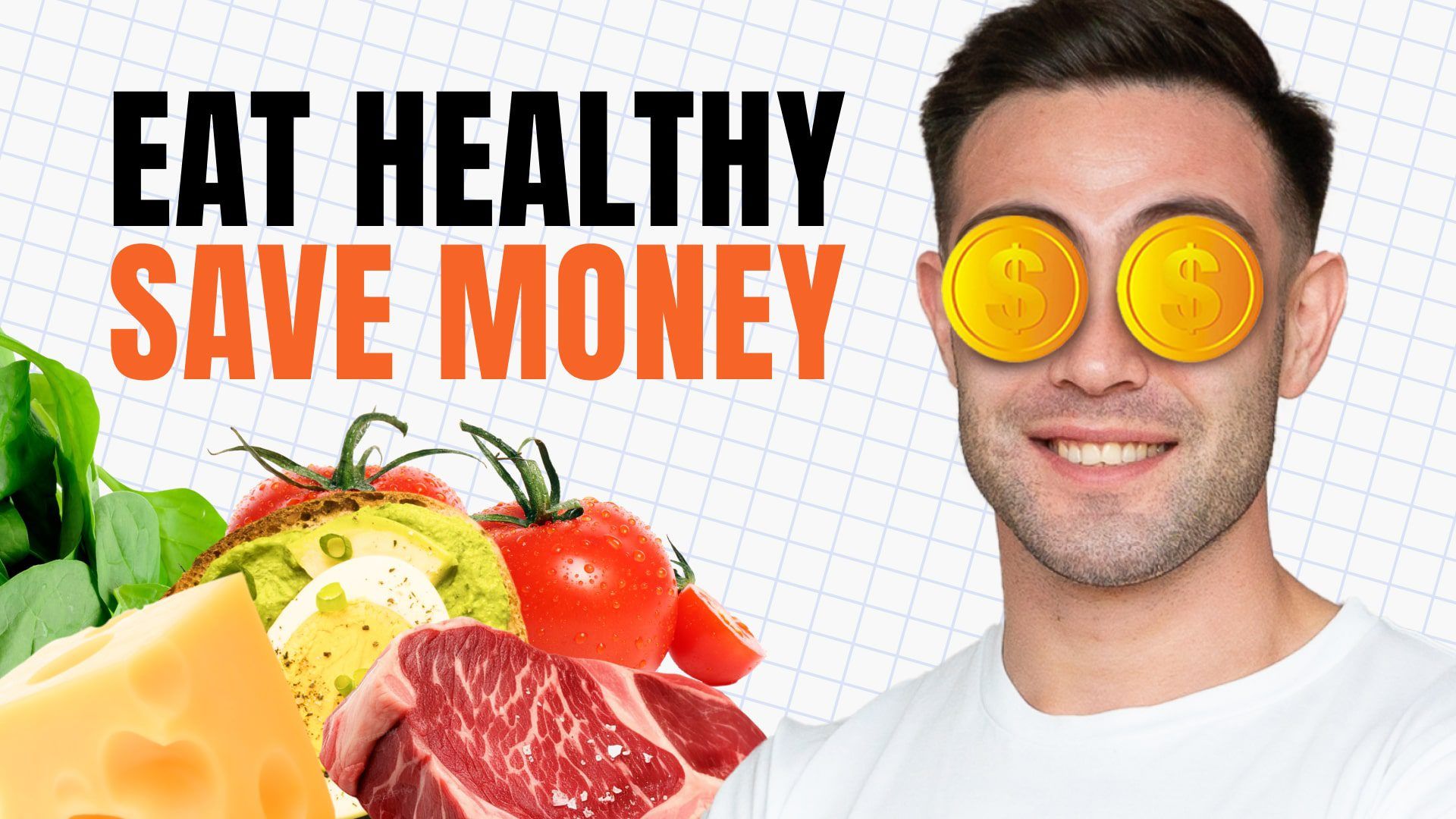Table of contents
In this article, you will learn
Protein is essential for maintaining health, and a plant-based diet can meet your protein needs. In this article, you’ll discover high-protein plant foods, learn about the importance of combining different plant proteins, and get practical tips for ensuring adequate protein intake as a vegetarian or vegan.
Understanding Plant-Based Protein
Plant-based proteins come from various sources and can provide all the essential amino acids your body needs.
What is Plant-Based Protein?
Plant-based protein is derived from plants and includes various foods such as legumes, nuts, seeds, whole grains, soy products, and vegetables. While most plant proteins are considered incomplete (lacking one or more essential amino acids), they can be combined throughout the day to form a complete protein profile.
Complete vs. Incomplete Proteins
- Complete Proteins: Contain all nine essential amino acids. Examples include quinoa, soy products, and chia seeds.
- Incomplete Proteins: Lack of one or more essential amino acids. Most plant-based proteins fall into this category, but you can combine different incomplete proteins to make a complete protein profile.
Benefits of Plant-Based Proteins
Plant-based proteins offer numerous health and environmental benefits.
Health Benefits
- Lower Risk of Chronic Diseases: Plant-based diets are associated with a lower risk of heart disease, diabetes, and certain cancers.
- High in Fiber, Vitamins, and Minerals: Plant-based proteins provide essential nutrients that support overall health.
Environmental Benefits
- Lower Environmental Impact: Plant-based proteins generally have a smaller carbon footprint than animal-based proteins.
- Sustainability: Promotes more sustainable food production practices.
Potential Challenges and Solutions
While following a plant-based diet can be very healthy, there are some challenges to be aware of.
Ensuring Adequate Protein Intake
Some people may struggle to get enough protein from plant-based sources alone. To overcome this challenge:
- Plan meals carefully to include a variety of protein sources.
- Consider using plant-based protein supplements if needed.
Protein Supplements
Protein supplements can help you meet your daily protein needs, especially if you have higher protein requirements. Plant-based protein supplements include pea protein, hemp protein, and soy protein. Use them to boost protein intake, particularly after workouts or as part of a balanced diet.
High-Protein Plant Foods
Incorporating a variety of high-protein plant foods into your diet can help ensure you get enough protein.
Legumes
- Types: Beans, lentils, chickpeas, peas.
- Nutritional Benefits: High in protein, fiber, vitamins, and minerals.
- Protein Content: About 15-18 grams of protein per cup (cooked).
Nuts and Seeds
- Types: Almonds, chia seeds, hemp seeds, sunflower seeds.
- Nutritional Benefits: Rich in protein, healthy fats, vitamins, and minerals.
- Protein Content: About 5-7 grams of protein per ounce.
Whole Grains
- Types: Quinoa, brown rice, oats, barley.
- Nutritional Benefits: Provide protein, fiber, B vitamins, and minerals.
- Protein Content: About 5-8 grams of protein per cup (cooked).
Soy Products
- Types: Tofu, tempeh, edamame, soy milk.
- Nutritional Benefits: Complete protein sources, rich in vitamins and minerals.
- Protein Content: About 10-20 grams of protein per serving.
Vegetables
- Types: Broccoli, spinach, kale, Brussels sprouts.
- Nutritional Benefits: Provide protein, fiber, vitamins, and antioxidants.
- Protein Content: About 2-4 grams of protein per cup (cooked).
Combining Plant Proteins
Combine different plant proteins throughout the day to ensure you’re getting all essential amino acids.
Complementary Proteins
Combining incomplete proteins to create a complete amino acid profile is a practical approach for vegetarians and vegans. Some examples include:
- Rice and beans
- Hummus and whole wheat pita
- Peanut butter on whole-grain bread
Daily Meal Planning
Include a variety of protein sources in each meal to ensure you meet your protein needs. Here are some sample meal plans and recipes:
Breakfast
- Smoothie with Soy Milk, Spinach, and Chia Seeds: Blend soy milk, spinach, banana, and chia seeds for a protein-packed start to your day.
- Tofu Scramble with Vegetables: Sauté tofu with your favorite vegetables and spices for a savory breakfast.
Lunch
- Quinoa Salad with Black Beans and Vegetables: Mix cooked quinoa with black beans, corn, tomatoes, and avocado for a nutritious and filling lunch.
- Lentil Soup: Cook lentils with carrots, celery, and spices for a hearty and protein-rich soup.
Dinner
- Tempeh Stir-Fry with Broccoli and Bell Peppers: Stir-fry tempeh with broccoli, bell peppers, and soy sauce for a delicious dinner.
- Chickpea Curry: Cook chickpeas with coconut milk, tomatoes, and curry spices for a flavorful meal.
Snacks
- Hummus with Carrot and Cucumber Sticks: Dip fresh vegetables in hummus for a protein-rich snack.
- Almonds and Fruit: Pair a handful of almonds with your favorite fruit for a balanced snack.
Practical Tips for Increasing Protein Intake
Here are some practical ways to ensure you get enough protein on a plant-based diet.
Incorporating Protein into Every Meal
- Breakfast: Add nut butter to your toast or smoothie.
- Lunch: Include beans or lentils in salads and soups.
- Dinner: Use tofu or tempeh in stir-fries and casseroles.
- Snacks: Choose protein-rich snacks like nuts, seeds, or a protein bar.
Easy Protein-Rich Recipes
- Smoothie: Blend soy milk, spinach, banana, and chia seeds.
- Quinoa Salad: Mix cooked quinoa with black beans, corn, tomatoes, and avocado.
- Tofu Stir-Fry: Cook tofu with broccoli, bell peppers, and soy sauce, served over brown rice.
Reading Labels
Reading nutrition labels when shopping for groceries can help you identify high-protein foods. Look for the protein content per serving to ensure you’re choosing foods that will help you meet your daily protein needs.
Key Takeaways
It is possible to meet your protein needs on a plant-based diet by including various high-protein plant foods. Combining different plant proteins can ensure you get all essential amino acids. Plant-based proteins offer health and environmental benefits. Be mindful of potential challenges and use practical tips and protein supplements to ensure adequate protein intake.
If you have any questions or want to learn more, visit my blog and follow me on social media for helpful guides and health and wellness tools.
Works Cited and Relevant Links
- Harvard T.H. Chan School of Public Health. The Nutrition Source: Protein. Retrieved from https://www.hsph.harvard.edu/nutritionsource/what-should-you-eat/protein/
- National Institutes of Health (NIH). Plant-Based Diets and Protein Intake. Retrieved from https://www.ncbi.nlm.nih.gov/pmc/articles/PMC5466941/
- Mayo Clinic. Protein and Vegetarians. Retrieved from https://www.mayoclinic.org/healthy-lifestyle/nutrition-and-healthy-eating/expert-answers/vegetarian-diet/faq-20058085
- Journal of the American Dietetic Association. Protein in Vegetarian Diets. Retrieved from https://jandonline.org/article/S0002-8223(09)00700-1/fulltext
- PubMed. Protein Quality in Plant-Based Diets. Retrieved from https://pubmed.ncbi.nlm.nih.gov/29865190/
- Journal of Nutrition. Meeting Protein Needs on a Plant-Based Diet. Retrieved from https://academic.oup.com/jn/article/146/5/862S/4584696
- American Journal of Clinical Nutrition. Plant Proteins and Health. Retrieved from https://academic.oup.com/ajcn/article/100/Supplement_1/347S/4576466
This is a personal blog. I am not a doctor, fitness coach, nutritionist, or trained health professional. The information I share is based on my personal experience, self-research, and insights from working with health and wellness professionals. My content is for informational and entertainment purposes only and is not intended as health advice.
Always consult with your healthcare provider before making any significant changes to your health routines or treatments. I am not liable for any actions taken based on this information.
With that said, your well-being is my top priority. Stay healthy and take care!
Credits and Team

















Leave a Reply